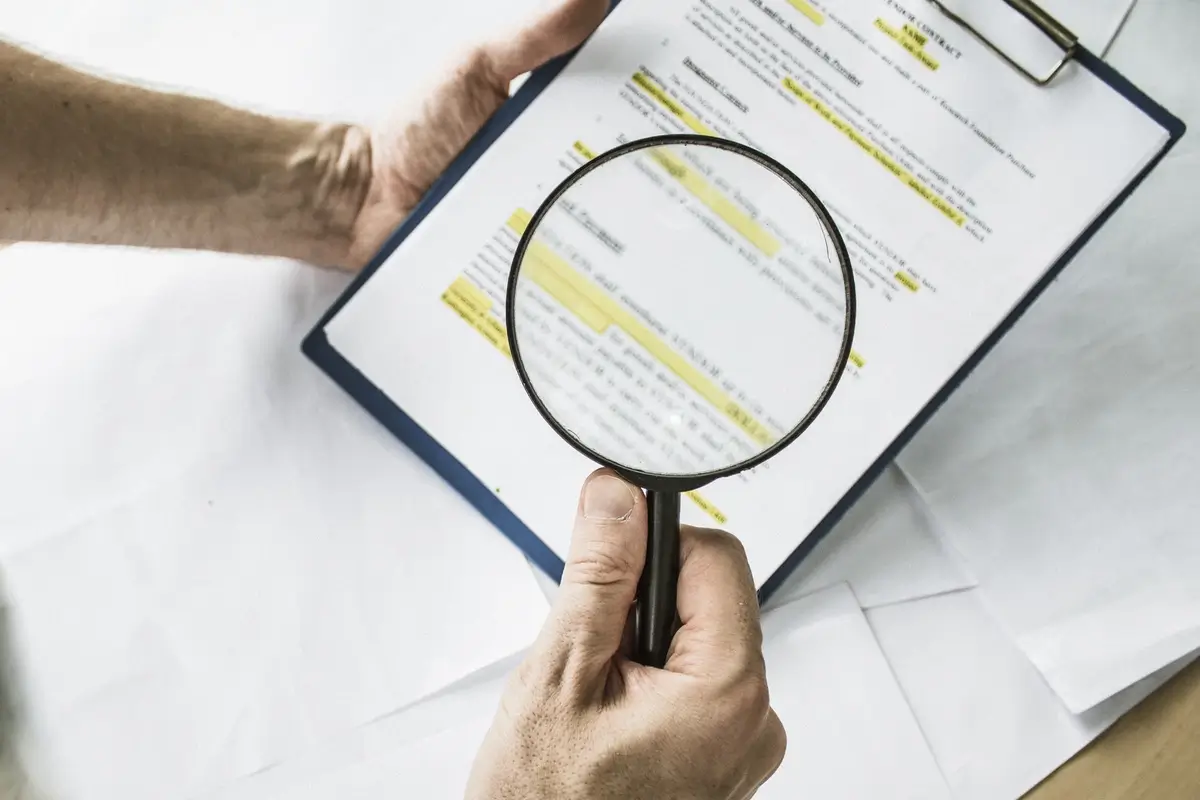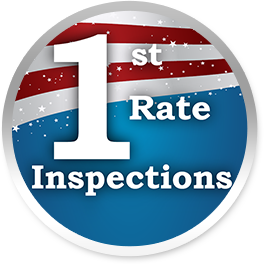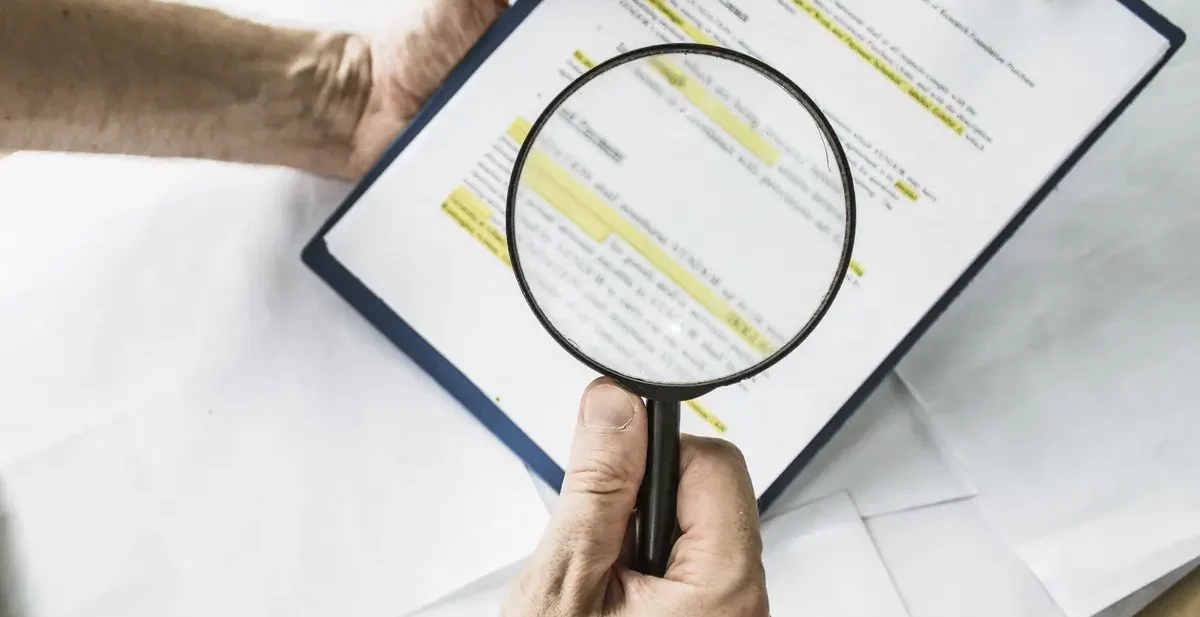
Finally done with the home inspection for your new home? You’ve just been handed a report but… how do you even read one? Let’s be honest: reading the home inspection report might feel as hard to understand as driving on I-10 during rush hour.
It’s easy to get confused about things like base settling and a broken dishwasher while turning up the AC (because, let’s face it, it’s hot all year in Houston).
We’ll break down the report section by section, explain those head-scratching terms, and get you feeling confident about your new home. So let’s start. How to even read a home inspection report.
Understanding the Structure of Your Report
- Check-in Date and Place: In this simple form, you can find out when and where the inspection happened. It’s necessary for keeping track of things and making references.
- Details about the client: Your information, like your name and contact information, makes sure that the report is properly credited to you and can be found by you.
Summary of What Could Be Found
Think of this as the CliffsNotes version of your inspection. The summary condenses the main points of the review into a short outline, pointing out any major problems or areas of worry that were found. This is a good place to start learning about the property’s general state.
Results of a Thorough Inspection
To get into the specifics, let’s go further. The main part of your house inspection report will be about the specifics of the land, such as:
- Outside: This part talks about everything outside of your house, from the front door to the grounds.
- Interior: Go inside and check out the state of the walls, ceilings, floors, doors, and windows in each room.
- Roof: The health of your roof is very important for keeping your home safe from the weather. This part looks at the item’s state, its materials, and any problems that have been seen.
- Parts of the Structure: Every house needs a strong base to stand on. Here, inspectors check the base, walls, and framing to make sure the building is structurally sound.
- Electrical Systems: It may sound shocking, but electrical problems can be very dangerous. To make sure everything is up to code, inspectors look closely at the wires, plugs, switches, and panels.
- Drains and pipes: Leaks, drips, and clogs, oh my! This part checks your home’s water system for any signs of trouble, from the lines to the fixtures.
- Temperature Control: HVAC systems keep your home comfortable all year by controlling the temperature, airflow, and humidity. Inspectors check these systems to ensure they’re working properly and quickly.
- Other Components: This group includes everything from appliances to attics and crawl spaces. It also includes any other features or interesting parts of the house.
Interpreting Inspection Terminology and Ratings
To fully understand what your inspection report says, you need to know how it is written. These are some everyday words you may come across:
- Deficiency: Any issue, flaw, or problem that was found during the inspection.
- Safety Hazard: A safety hazard is something that could put people’s health or safety at risk.
- Recommendations: Advice on how to get it checked out, fixed, or maintained by a trained professional.
- Deferred Maintenance: Deferred maintenance refers to parts of the property that haven’t been taken care of and need to be.
- Minor/Major Concern: Shows how serious a problem is; major worries usually need to be dealt with right away.
- Functional: Parts that work the way they’re supposed to and don’t need to be fixed.
How Rating Systems Work
Findings are often put into groups in inspection records using a scoring system. This is a common number you might see:
- Excellent: This means that the part or place that was reviewed is perfect, and no problems were found.
- Satisfactory: There are only a few small problems or signs of normal wear and tear to the house inspection report.
- Marginal: Points out some problems or issues that may need fixing but aren’t very important or urgent.
- Poor: This grade means that there are major issues or safety risks that need to be fixed right away.
Note that views may be different based on the inspection and the property in question. If you have any questions or worries about the scores, you should always talk to your inspector about them.
We know the basics of a home inspection report but let’s learn why you need to get the home inspection in the first place:
The Purpose and Scope of House Inspection Reports
What reasons is a house inspection report necessary? Having serenity and making wise decisions are the most important things.
If you are interested in purchasing or selling or simply want to know how your current property is doing, a thorough inspection may help discover hidden issues or provide you peace of mind. The structural integrity, electrical systems, plumbing, and other vital aspects of your property are discussed in detail in the inspection report.
Here are the major components of the home inspection:
Components of a Standard Inspection Report
Now, we may examine the inspection record in detail. Most inspection documents have a similar format; however, the forms could vary.
Sections pertaining to the property’s exterior and interior, as well as details on its mechanical, electrical, plumbing, and heating systems, will be included. Findings, remarks on any issues, and recommendations for further study or remedies are often included in each section.
Choosing the Best Inspection Company
There’s no need to feel overwhelmed by the effort of comprehending your home inspection report. These pointers can help you make sense of the specifics and settle on a house that’s perfect for you.
One needs to go no further than 1st Rate Inspections for an expert and comprehensive examination. Get your house inspected by our professionals now and buy with confidence!





